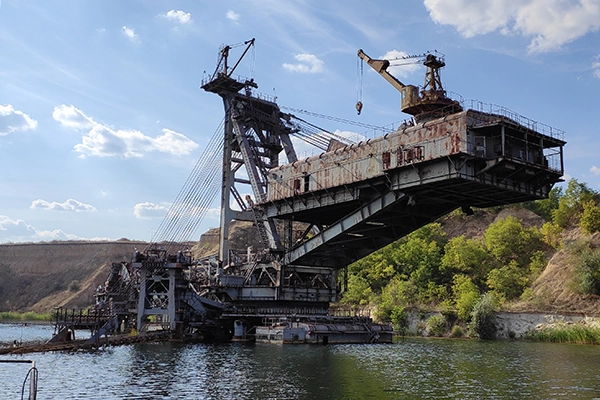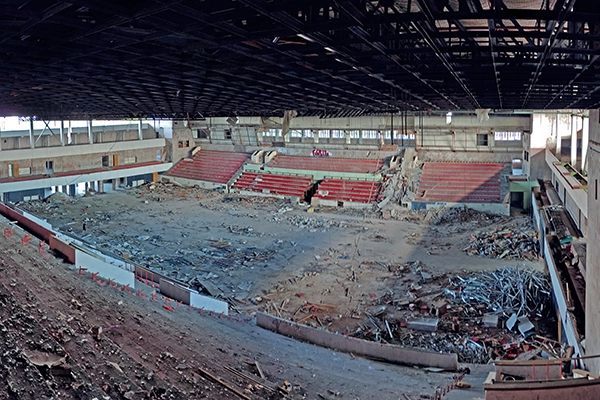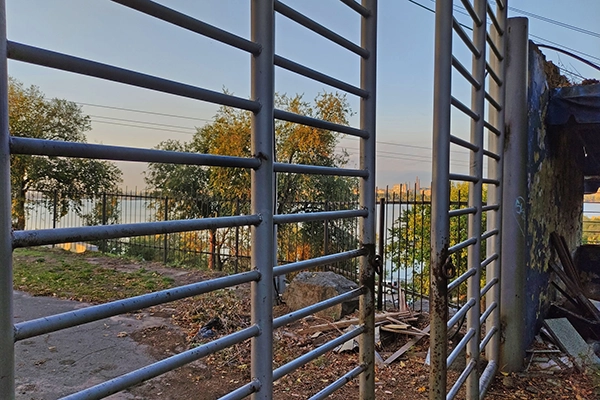
Kyiv drainage tunnel system Askoldova
Not far from the tomb of Kiev Prince Askold, located in Askold’s Tomb Park beneath St. Nicholas Church, you can find a mysterious door on one of the hills, which is the entrance to one of Kiev’s legendary drainage tunnel systems, the Askold DTS.
The question immediately arises: what is so special about it, apart from the mysterious door without a handle, embedded directly into the hillside?
In fact, it is one of the most unique and impressive engineering structures in Kiev, which plays an important role in ensuring the stability and safety of the hilly terrain on the right bank of Kiev, formed by the Dnieper Upland. The highest point reaches almost 200 meters above sea level.
So, to prevent all these hills and everything on them from “floating” towards the Dnieper River, a whole network of drainage tunnels was created to drain soil and rainwater, with a total length of about 5 km.
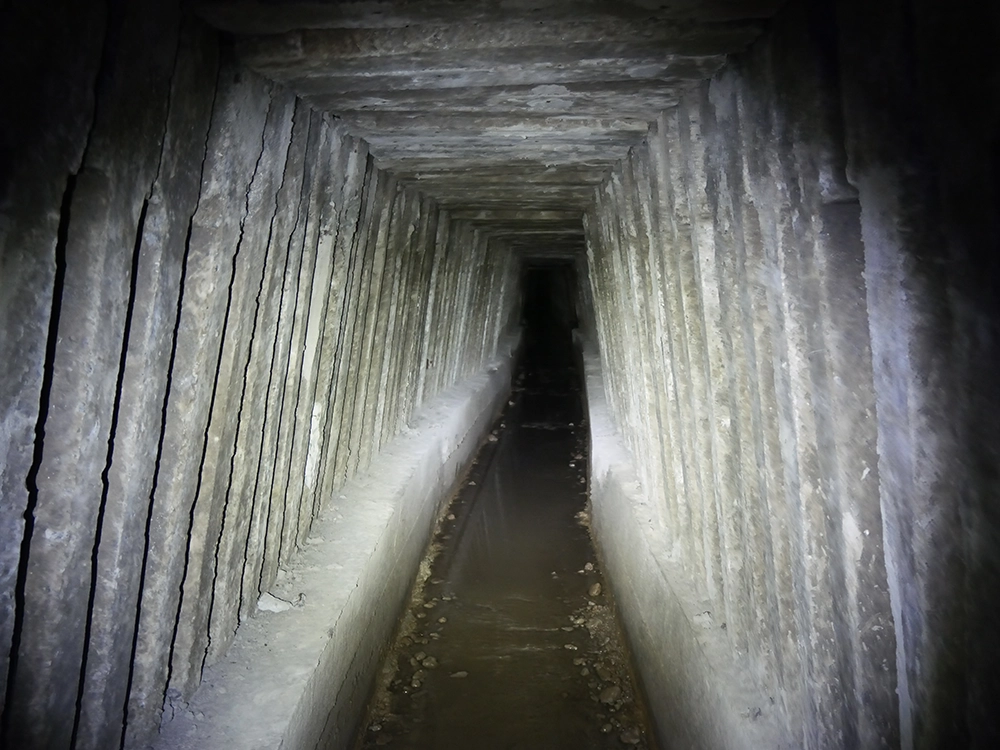
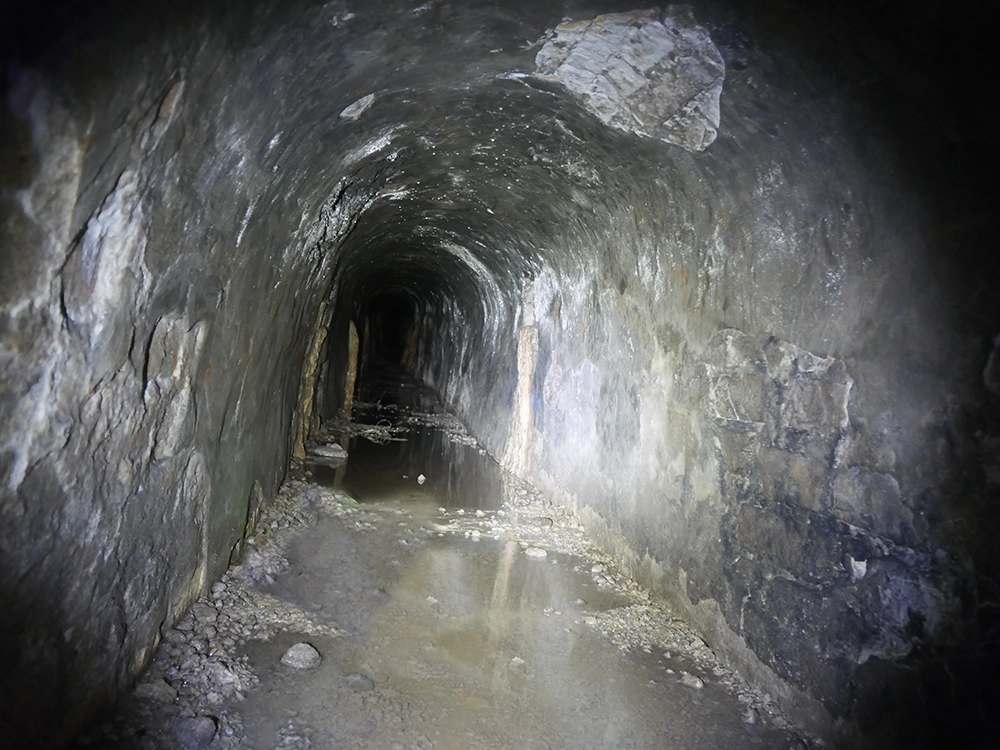
A brief overview of what DTS is and why it is needed
A drainage tunnel system, or DTS for short, is a complex of underground hydraulic structures designed to drain soil and rainwater from slopes in order to prevent landslides. Basically, the entire system has several levels with a special slope, as well as vertical wells. Water flows by gravity through these underground channels to the lowest point.
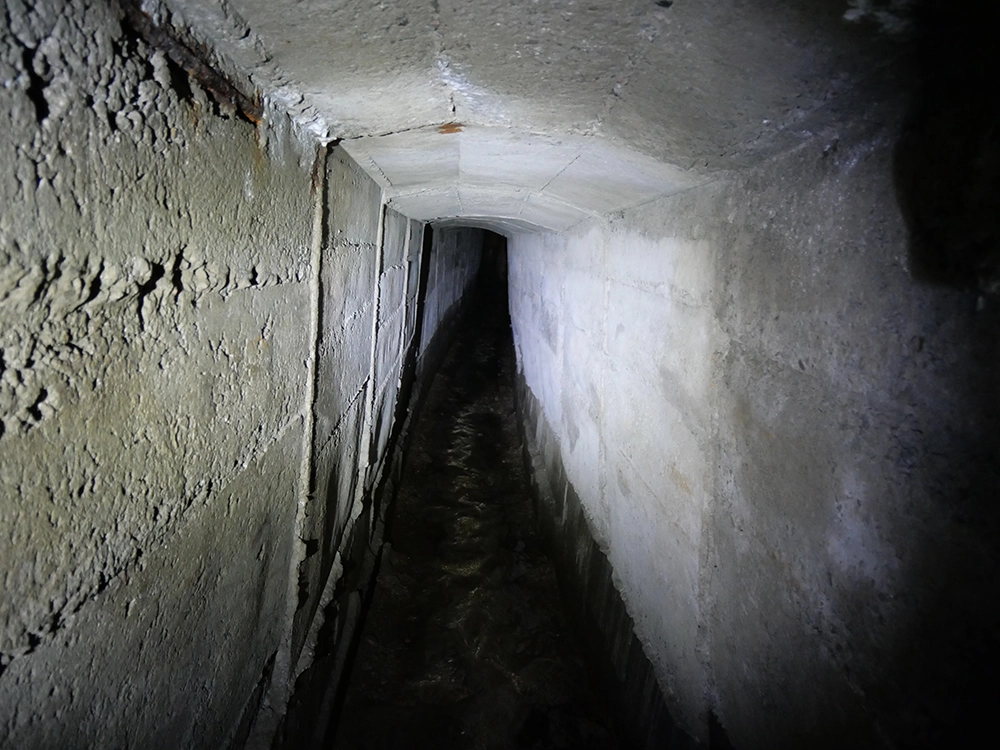
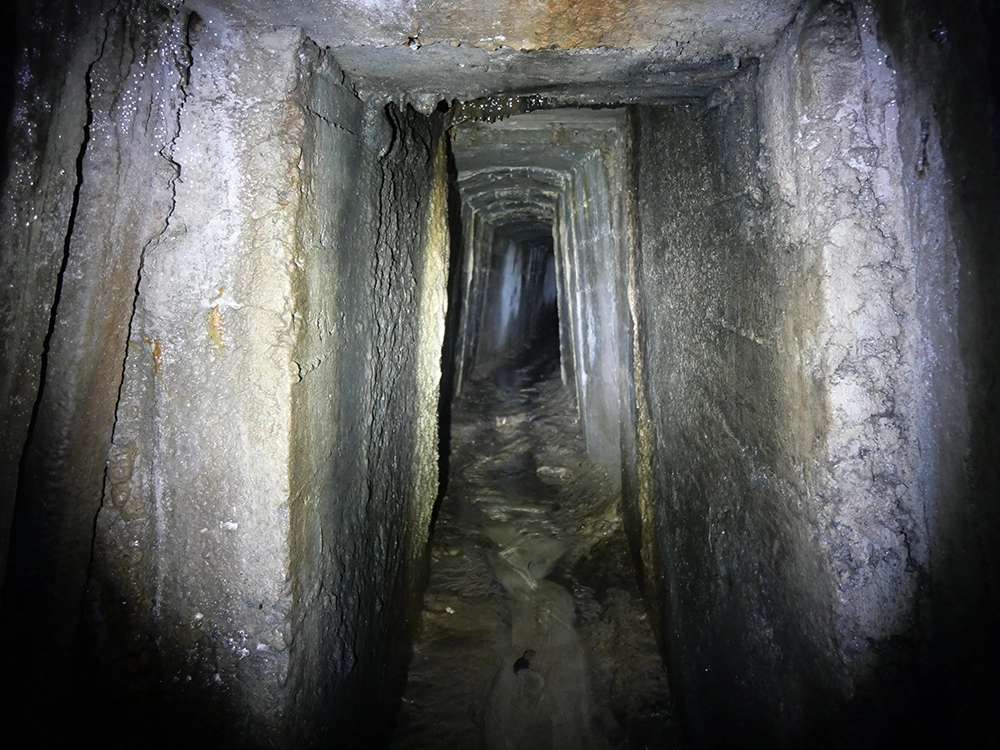
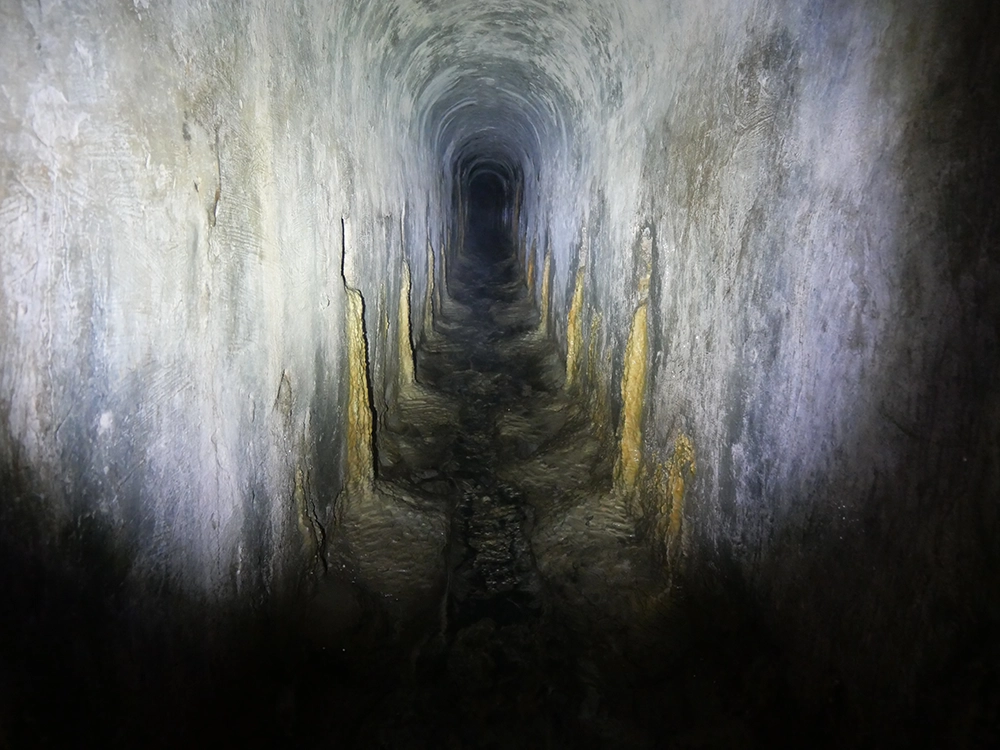
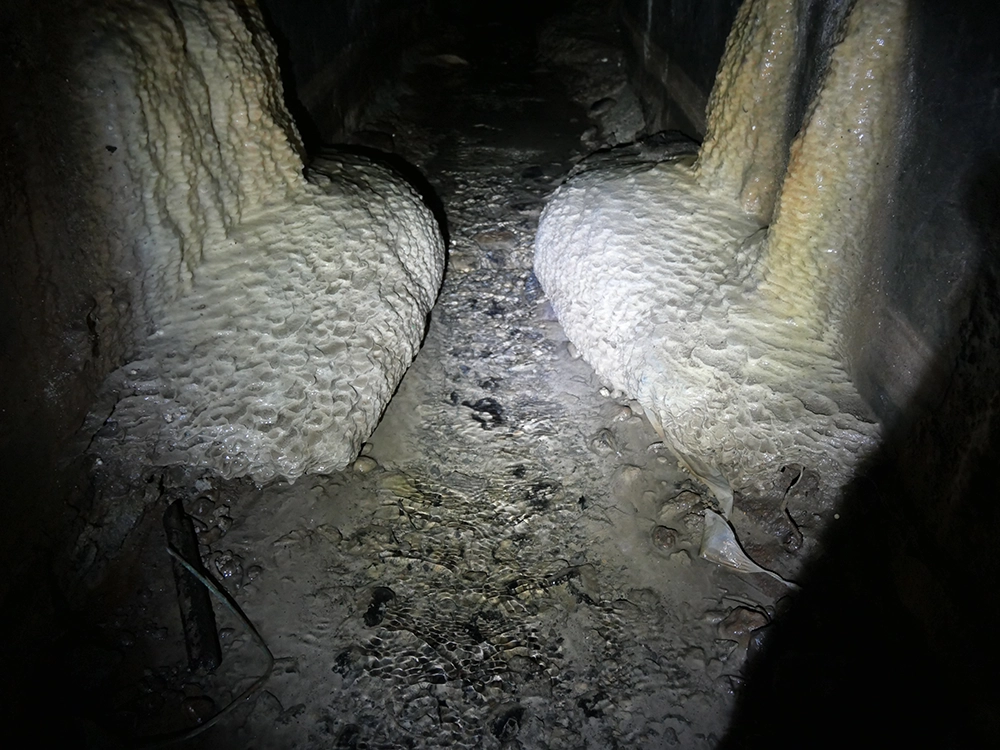
More details about the reasons for and necessity of constructing the DTS Askoldova
Construction of the Askold drainage system began in the mid-19th century in response to the need to solve the problem of landslides in Kiev, especially in the area of Askold’s Grave. The slopes in this area were densely built up, and the wet soil, weak ground, and rainfall caused constant damage to city roads and buildings. All these factors threatened the stability of this area of Kiev, which in turn required measures to be taken to prevent landslides.
It was at this time that the idea of constructing an underground drainage system was put forward to help solve this problem. At the time, this was an innovative project, as there were no similar drainage tunnel systems in Kyiv.
First works on DTS
The first drainage tunnels began to appear in the early 19th century, and were originally intended to drain groundwater from the massive temple structures of the Military St. Nicholas Cathedral, later becoming part of the Askold DTS.
The cathedral itself was built in 1690–1696 with funds from Hetman Ivan Mazepa, based on a design by architect Osip Starcev. In the 1930s, the Bolsheviks first removed the domes, then blew up the walls, and dismantled the remaining ruins. In the 1960s, the Palace of Pioneers (now the Kiev Palace of Children and Youth) was built on this site.
Later, with the development of the city’s construction, the first part of the project was developed in the 1850s. Soon, the construction of tunnels and underground structures began, resulting in the longest civil defense shelter in Kiev, combining civil defense shelters numbered 15, 16, 17, 27, and 57 (according to data from the Specialized Administration of Anti-Landslide Underground Works – SUPPR and * tryohgranka).
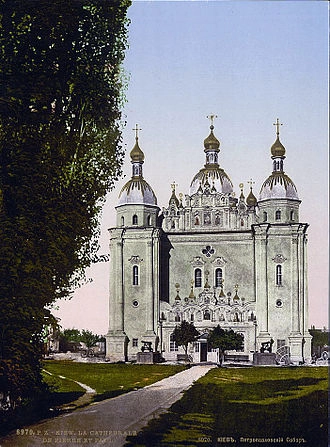
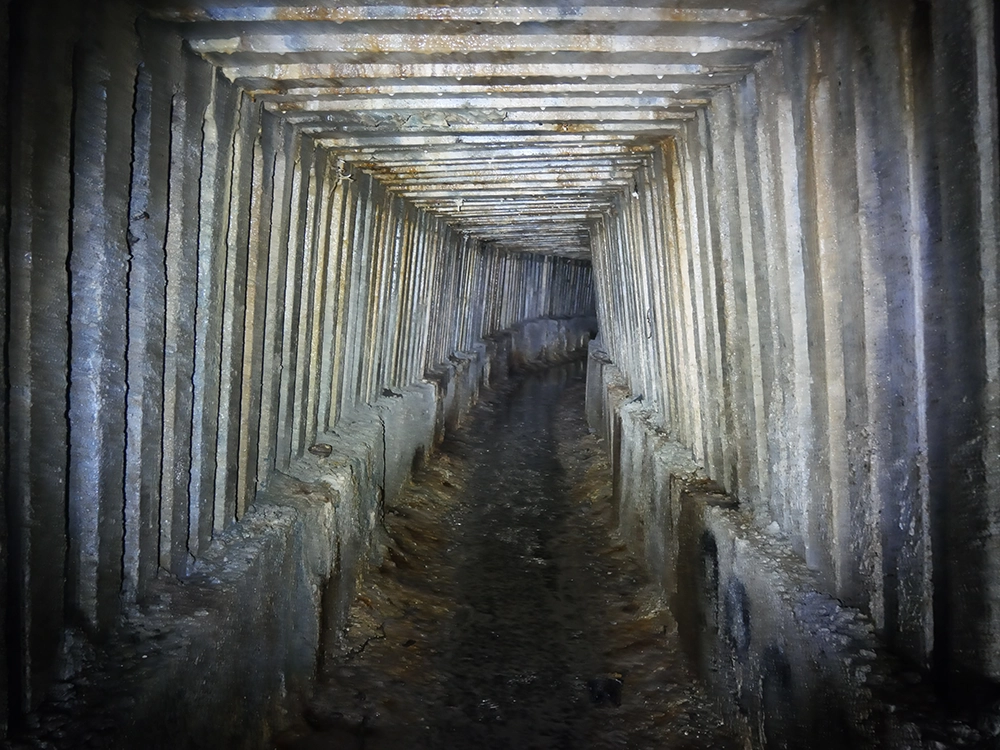
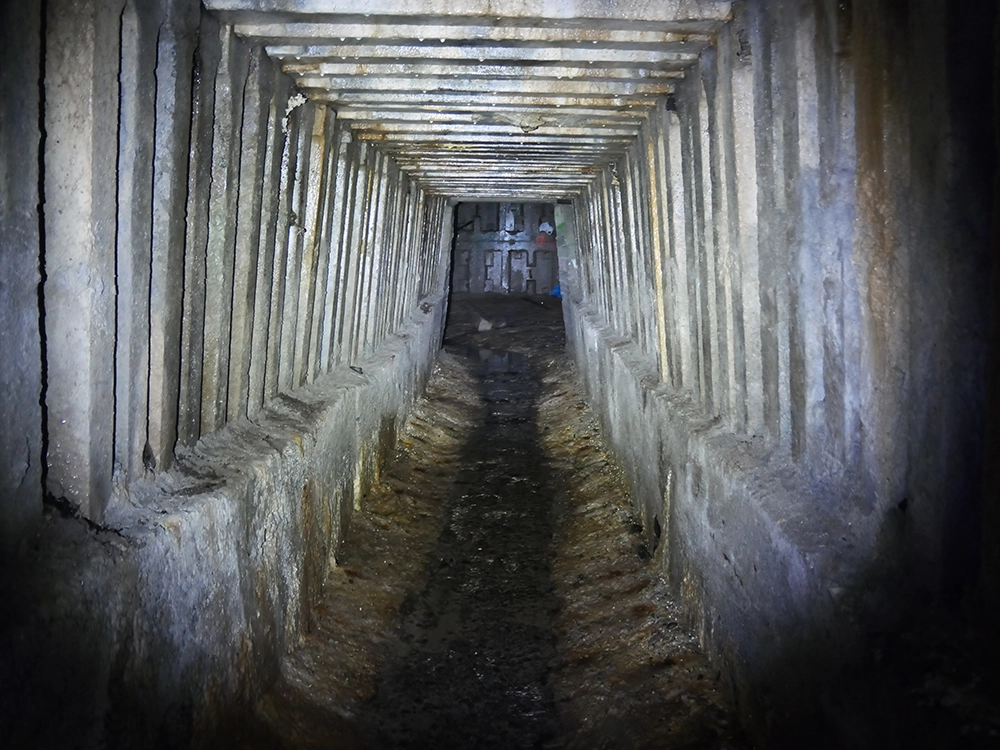
System architecture and technical features
The Askold drainage tunnel system is a complex network of tunnels of various shapes and sizes, consisting of arched and trapezoidal passages. In some sections, the tunnels can be up to 2 meters wide, while in others they are only 50 cm wide, and in exceptional cases, some sections can only be traversed by crouching down.
It is worth noting that the trapezoidal sections of the system are made of separate concrete blocks. Water freely seeps between them into a gutter located in the center of the tunnel, while the soil itself is securely held in place.
One of the deepest sections of the tunnels is a well — a giant cylinder about 33 meters deep, whose walls are reinforced with concrete tubing similar to that used in the construction of the Kiev metro.
In addition, the entire aesthetic of the underground structure is embellished with karst formations — stalactites and stalagmites — as well as a large number of various microorganisms.
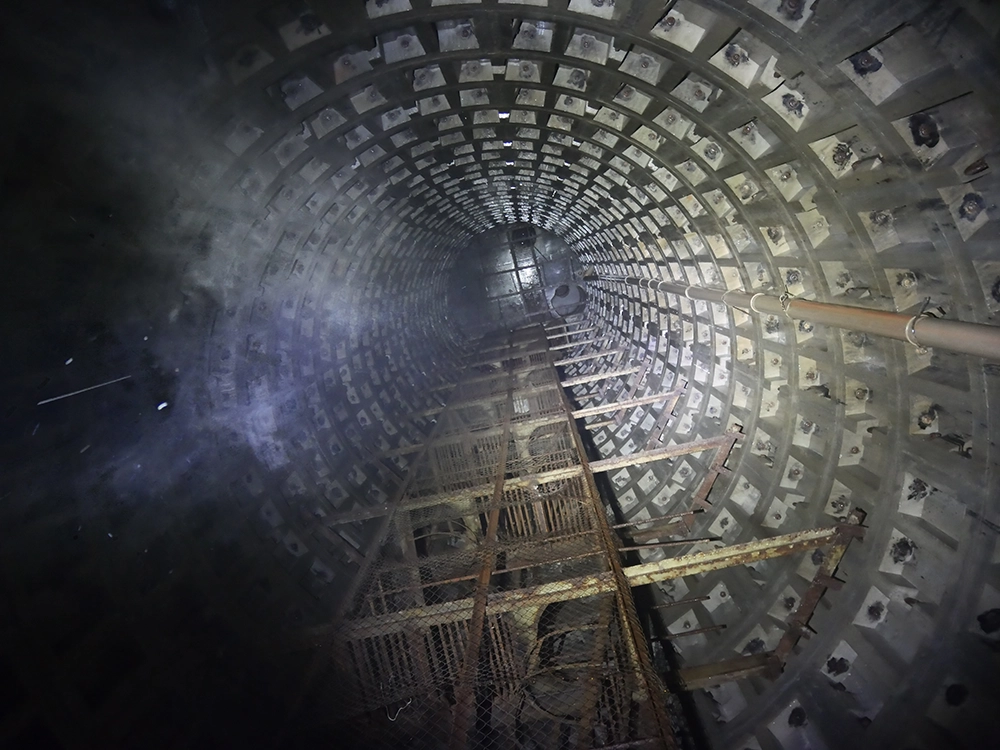
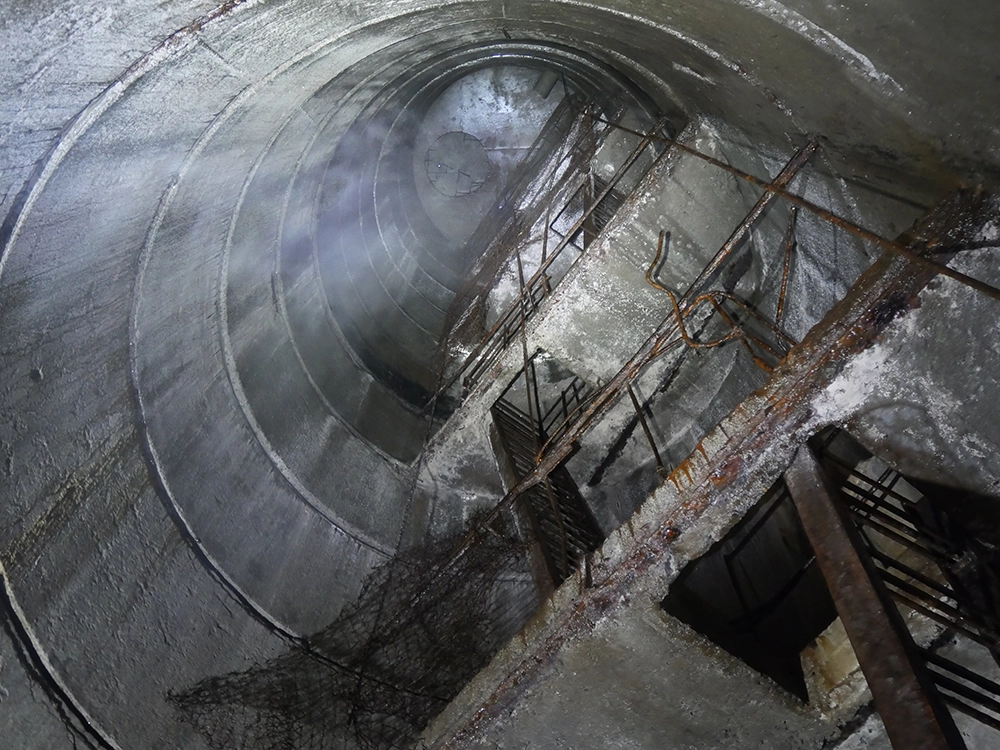
In conclusion
It’s a great place for a short weekend trip, to walk around and explore the underground part of the city. If you don’t get distracted and follow the established route, the trip will take no more than 3 hours.
